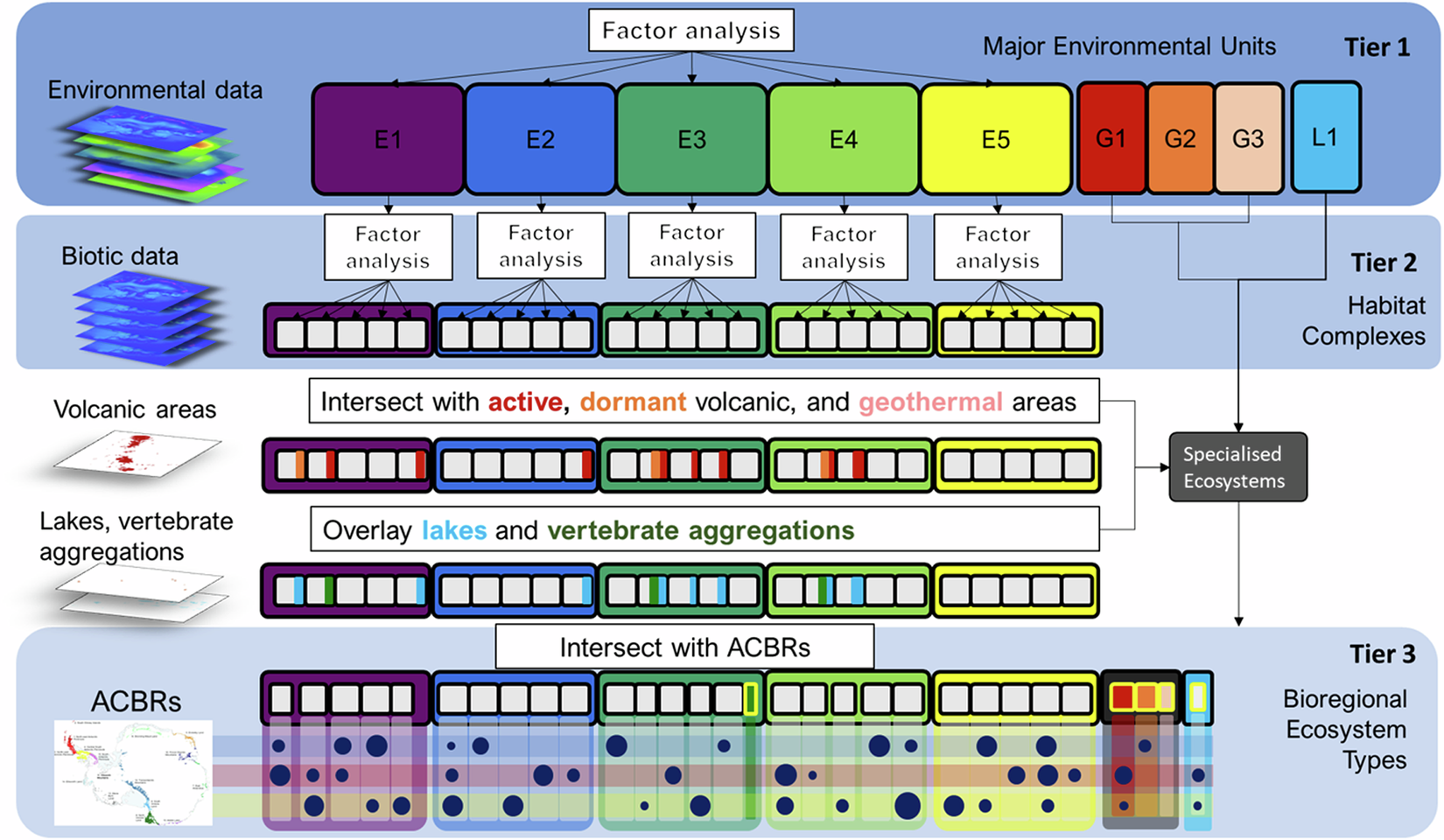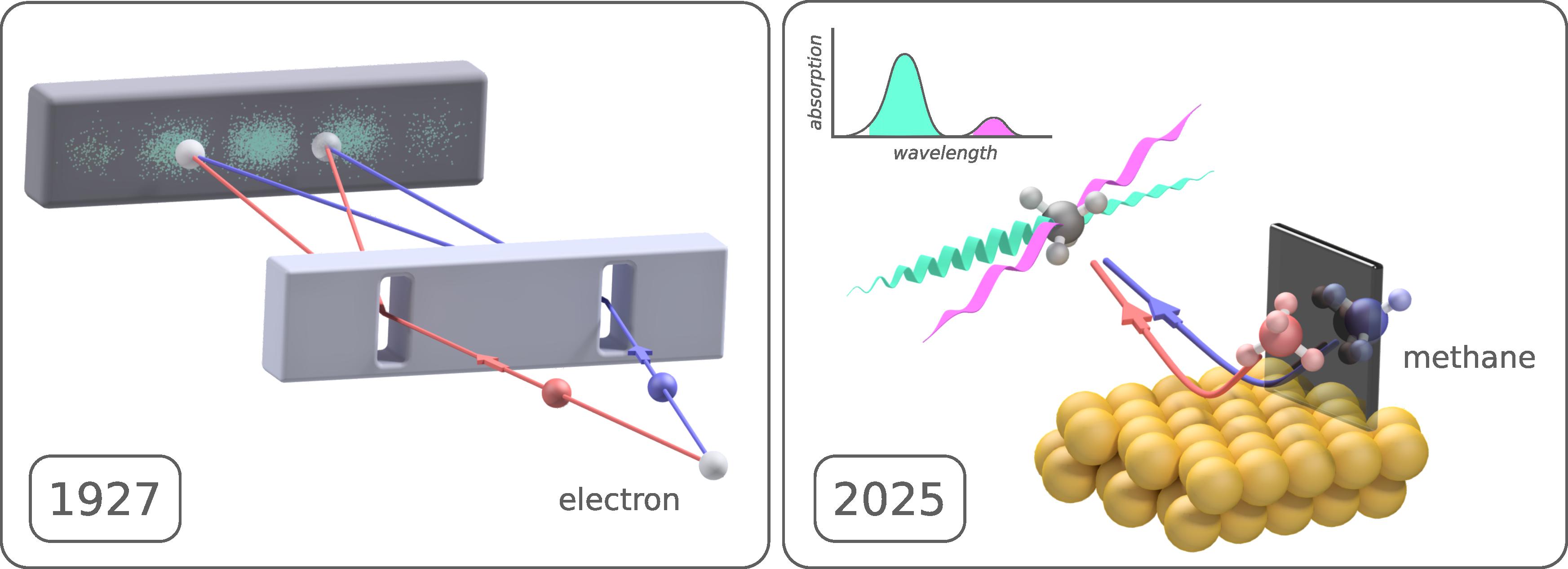2025-01-29 ニューサウスウェールズ大学(UNSW)
<関連情報>
- https://www.unsw.edu.au/newsroom/news/2025/01/mapping-antarcticas-hidden-ice-free-lands-a-blueprint-for-conservation
- https://www.nature.com/articles/s41597-025-04424-y
南極の氷のない土地における生態系のデータセット:分類、記述、地図 A dataset of Antarctic ecosystems in ice-free lands: classification, descriptions, and maps
Anikó B. Tóth,Aleks Terauds,Steven L. Chown,Kevin A. Hughes,Peter Convey,Dominic A. Hodgson,Don A. Cowan,John Gibson,Rachel I. Leihy,Nicholas J. Murray,Sharon A. Robinson,Justine D. Shaw,Jonathan S. Stark,Mark I. Stevens,John van den Hoff,Jane Wasley & David A. Keith
Scientific Data Published:22 January 2025
DOI:https://doi.org/10.1038/s41597-025-04424-y

Abstract
Antarctica, Earth’s least understood and most remote continent, is threatened by human disturbances and climate-related changes, underscoring the imperative for biodiversity inventories to inform conservation. Antarctic ecosystems support unique species and genetic diversity, deliver essential ecosystem services and contribute to planetary stability. We present Antarctica’s first comprehensive ecosystem classification and map of ice-free lands, which host most of the continent’s biodiversity. We used latent variables in factor analyses to partition continental-scale abiotic variation, then biotic variation represented in spatial models, and finally recognised regional-scale variation among biogeographic units. This produced a spatially explicit hierarchical classification with nine Major Environment Units (Tier 1), 33 Habitat Complexes (Tier 2) and 269 Bioregional Ecosystem Types (Tier 3) mapped at 100 m resolution and aligned with ‘level 4’ of the IUCN Global Ecosystem Typology. This comprehensive ecosystem inventory provides foundational data to inform protected area designation under the Antarctic Treaty’s Environmental Protocol and track risks to Antarctic ecosystems. Its tiered structure and workflow accommodate data scarcity and facilitate updates, promoting robustness as knowledge builds.



